AO Edited
Front Royal Quartermaster Remount Depot
These buildings are a poignant reminder of the thousands of horses and mules who passed through this area of the Shenandoah Valley on their way to war.
On property now home to the Northern Virginia 4H Educational and Conference Center are the well-worn remnants of an organization created to fulfill the U.S. Army’s unabated need for horses and mules that continued through the Second World War. By the early 1900s, the popularity of the automobile made it increasingly difficult to procure substantial quantities of quality military horses on the private market. To ensure an adequate equine supply for cavalry, artillery, and pack units, the Army’s Quartermaster Corps established the Remount Service. In 1911, they chose Front Royal, Virginia, as one of three original Remount Depot locations because of its proximity to Virginia horse breeding operations and rail transportation.
Accordingly, the Army purchased over 5,000 acres in the shadow of the Blue Ridge Mountains. The facility opened on August 30, 1911, and, by 1915, work was completed on several permanent structures, including a veterinary hospital, granary, stables, barracks, and eleven barn complexes. Still standing on the 4H property is the original Quartermaster Headquarters building, a tin-roofed dip tank, and a u-shaped stable with 44 stalls. The buildings date to 1911. Although the Quartermaster building and dip tank show disrepair from age, the stable and stalls are in serviceable condition. The stall doors have brass plaques with commemorative inscriptions from donors to restoration efforts.
The Front Royal Remount Depot received its first six breeding stallions in 1912. Five were thoroughbreds donated by August Belmont of the New York Jockey Club and included the Hall of Fame racehorse, Henry of Navarre. American Flag, son of the great Man O’ War, joined the station’s stallion ranks in 1942. Over those 28 years, the Army breeding program was in operation, the Remount Service registered 715 stallions and produced over 230,000 foals. Along with its successful breeding efforts, the Remount Depot always fulfilled its primary mission of training and delivering equids for military use. Thousands of horses and mules were sent to Front Royal to be conditioned and then shipped by train to Norfolk, Virginia, to be placed on transport ships bound for European theaters of war. Most would never return.
By the mid-1940s, the need for cavalry horses had all but disappeared. During WWII, the Army also used the Depot property to train military dogs and house German and Italian POWs paroled to work on local farms. When the Remount Service was made redundant in 1948, they were raising and training mules almost exclusively.
Well-known horses associated with the Depot include the mare Jenny Camp. Ridden by Army Captain Earl F. Thomson in the Los Angeles and Berlin Olympics, she remains one of only three horses to win consecutive individual medals. General Black Jack Pershing’s famous WWI warhorse, Kidron, was retired to the Depot. The thoroughbred died and was buried there in 1942 at the age of 36. And the German Lipizzaner stallions rescued by General George S. Patton at the end of World War II were among 143 German POW horses quarantined at Front Royal upon their arrival in America.
The Front Royal property was turned over to the U.S. Department of Agriculture and used as a cattle breeding station after the dissolution of the Remount Service. Since 1974, much of the land adjoining the 4H property belongs to the Smithsonian Conservation Biology Institute (SCBI). The SCBI property includes the Remount’s old stallion barns, training and racing track, and horse cemetery. (The SCBI property is only publicly accessible during the Institute’s annual Open House.) With that property came an Army pensioner—Old Tom, the last Remount mule. He lived there to the Methuselan age of 47 and is buried on Race Track Hill.
Know Before You Go
The 4H Remount Depot buildings are located on Moore Road between Harmony Hollow Road and 4H Center Drive. They are now called the James E. Swart Animal Center.


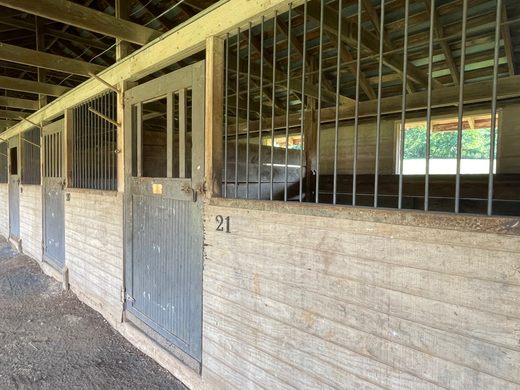

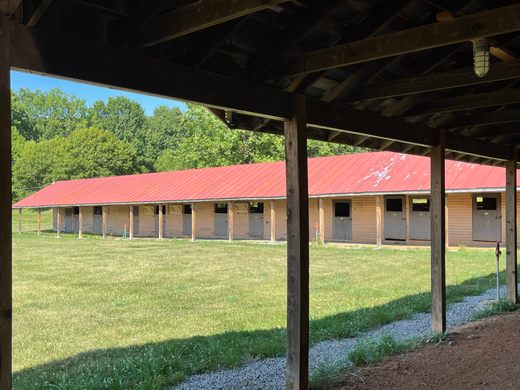
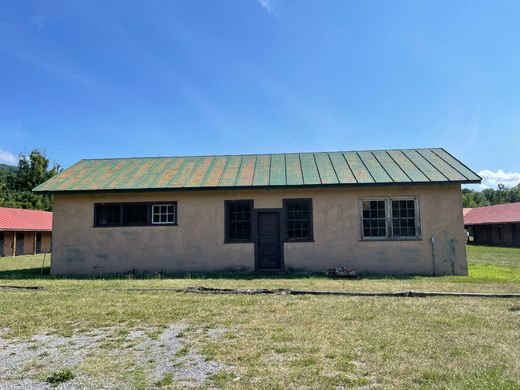









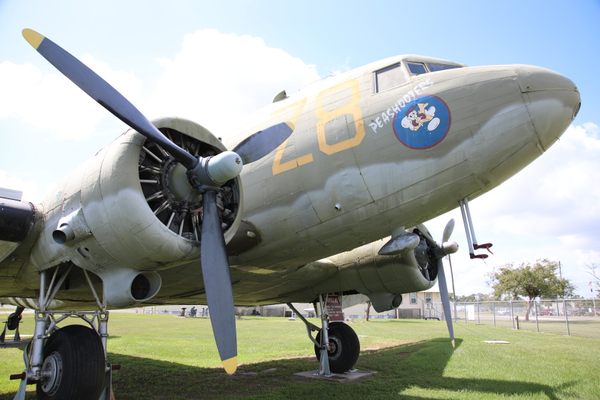

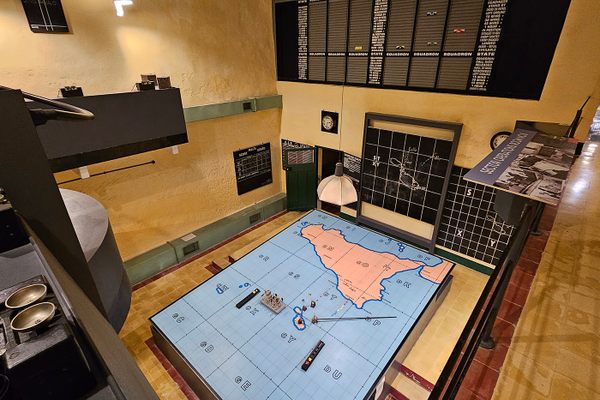
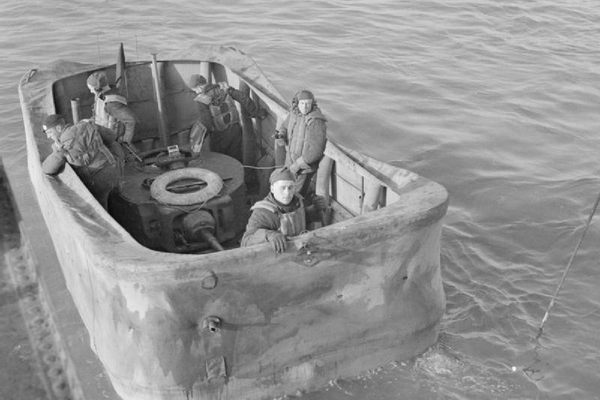

Follow us on Twitter to get the latest on the world's hidden wonders.
Like us on Facebook to get the latest on the world's hidden wonders.
Follow us on Twitter Like us on Facebook